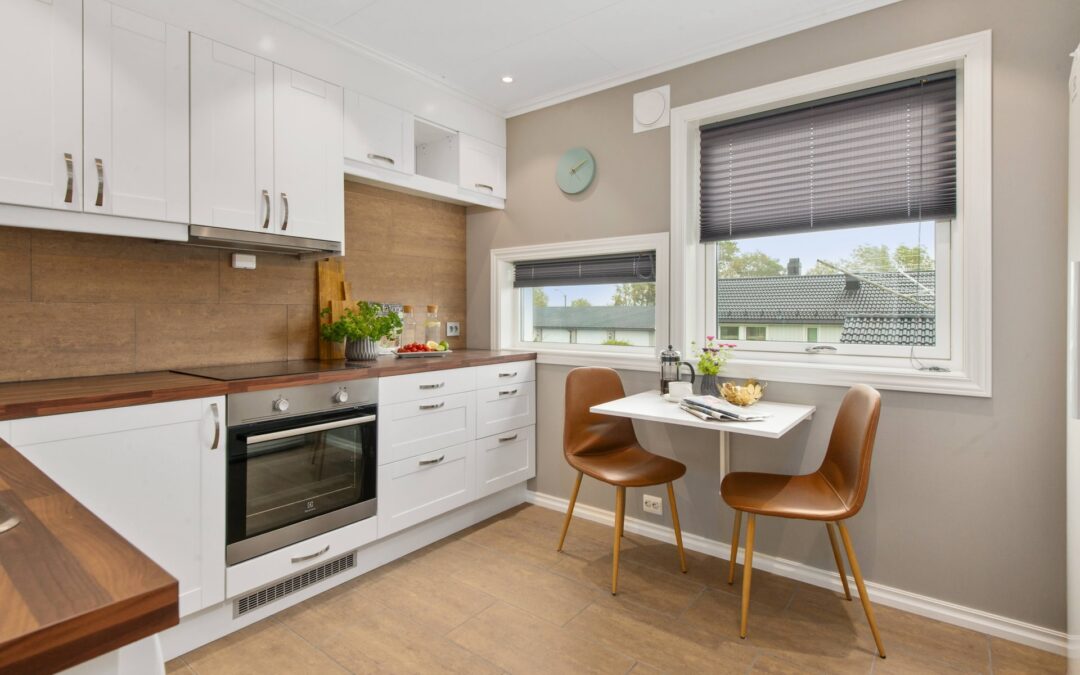Honeycomb blinds are one of the most popular window treatments on the market today, with many benefits and customization options. One of these customization options includes single cell, double cell, and triple cell construction. But how do you know which cell structure to use for your windows? Purchasing the wrong type of honeycomb blinds can ruin the blind and even reduce its energy efficiency. But don’t worry, we’ll help you figure out which cell structure is best for your windows!
What Are Honeycomb Blinds?
Before getting into the specifics, it’s important to first understand what honeycomb blinds are and how they work. Honeycomb blinds, also known as cellular shades, are named after the honeycomb-shaped cells that trap air and create a barrier between the window and room. This is how honeycomb blinds keep your home warm in the winter and cool in the summer. These window treatments are made from two or more layers of material that fold up and form crisp, accordion-like pleats. Honeycomb blinds are popular due to their excellent light control, privacy, and insulation.
What Is the Difference Between Single Cell, Double Cell, and Triple Cell Blinds?
Based on their name alone, the difference between the three blinds should be obvious: single cell blinds have one layer of cells, double cell blinds have two layers of cells, and triple cell blinds have three layers of cells. Single cell blinds are available in the widest widths ranging from ¾ to 2 inches, double cell blinds are available in widths of ½ inch or less, and triple cell blinds are available in widths of ⅜ inches.
Triple cell blinds provide the highest insulation of the three types of cell structures and, while they are more expensive, will save you the most money on your monthly energy bills. Double cell honeycomb blinds come in second place in terms of insulation and cost. However, neither of these blinds should be used on large windows since they are heavy and cannot be supported. Single cell blinds are the lightest and the most inexpensive, yet provide almost as many benefits as the other two!
When to Use Single Cell Blinds
Single cell blinds should be used on large and wide windows because they are lighter side and don’t require any extra support. Using triple or double cell blinds on large windows will make your space feel cluttered and make them harder to operate due to their extra weight.
When to Use Double Cell Blinds
Double cell blinds can be fitted on medium-sized to small windows because their pleats are on the smaller side. Due to their extra layer of cells, double cell blinds offer additional insulation and noise reduction.
When to Use Triple Cell Blinds
Triple cell honeycomb blinds can be used on small or tall and narrow windows. These are the heaviest of the three blinds and should not be used on large or wide windows. Triple cell blinds are ideal for bedrooms and nurseries because of their ability to block out up to 97% of light!
Where Can You Buy Honeycomb Blinds?
Now that you have a better idea of which cell structure to buy, it’s time to start shopping for honeycomb blinds. If you live in New York City and are looking for a local window treatment store, Royal Window Treatments is located right around the corner from you. You’re welcome to stop by or request a complimentary in-home consultation. We’d be more than happy to show you our various honeycomb blinds and help you determine which cell structure is the best fit for your windows!
Finding the right honeycomb blind cell size and structure for your windows can be a difficult task. Hopefully, we’ve given you a better idea of which type of cell structure fits your windows. As always, if you have any questions, please don’t hesitate to reach out to us!


Recent Comments